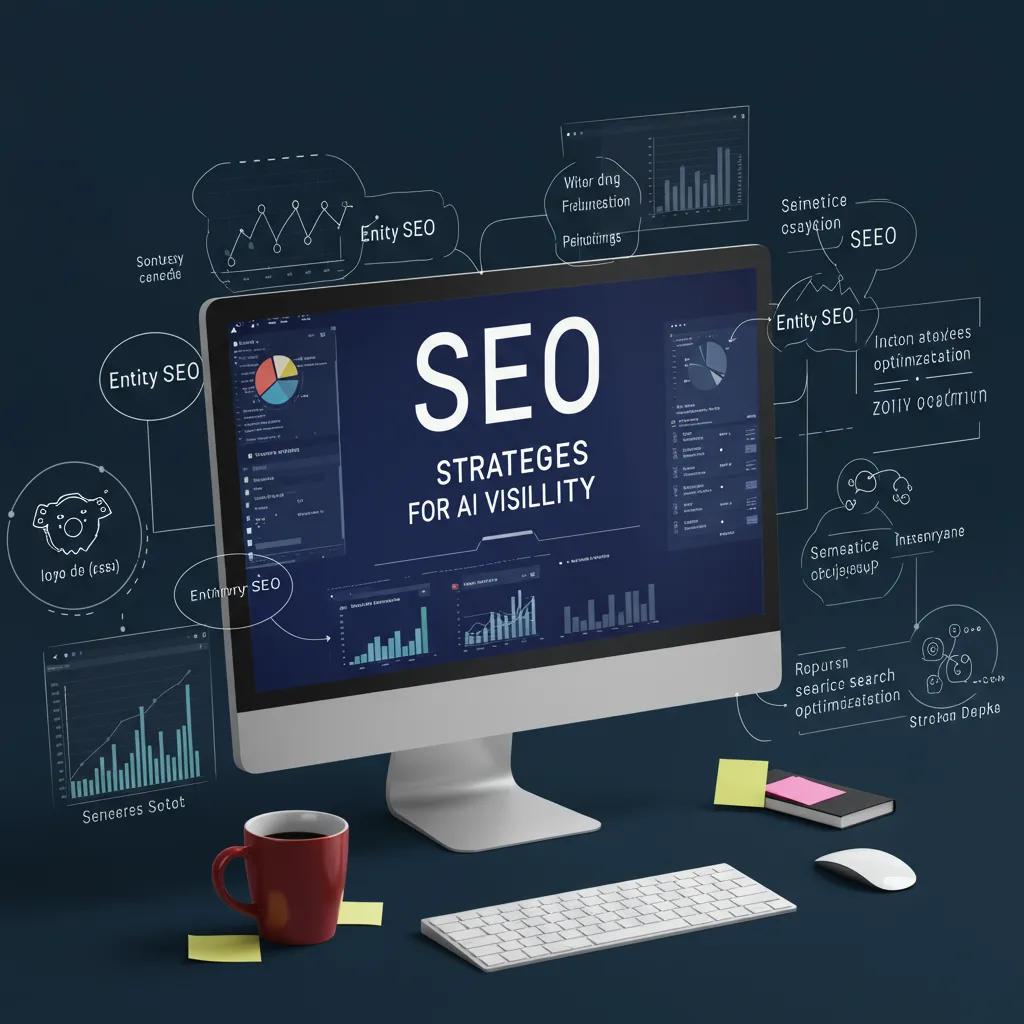The Significance of AI in Shaping Online Visibility
In the rapidly evolving digital landscape, AI-powered systems are playing an increasingly pivotal role in determining the online visibility of businesses. As large language models (LLMs) and AI-driven search experiences like Google's Search Generative Experience (SGE) become more prevalent, understanding and optimizing for these AI-centric factors is crucial for ensuring your business's content is prominently featured. WebJIVE SEO & Web Design
By aligning your content with the semantic signals and credibility indicators that AI systems prioritize, you can enhance your chances of being cited in AI-generated overviews and featured snippets. This includes implementing structured data, demonstrating topical authority, and cultivating strong E-E-A-T (Experience, Expertise, Authoritativeness, Trustworthiness) signals to establish your brand as a trusted and authoritative source. WebJIVE SEO & Web Design
Optimizing for Entity-Based Search Experiences
As LLMs and AI-powered search experiences shift the focus from traditional keyword-based ranking to a more entity-centric approach, businesses must adapt their content strategies accordingly. By establishing a clear, machine-readable identity for your business through entity SEO, you can ensure that AI systems accurately understand and surface your brand, products, and services. WebJIVE SEO & Web Design
This involves implementing structured data, maintaining consistent citations, and aligning your content with the relevant entities and concepts that users are searching for. By taking a semantic approach to your content optimization, you can improve the likelihood of your business being featured in AI-generated results, driving increased visibility and engagement. WebJIVE SEO & Web Design
Leveraging Structured Data for Enhanced AI Visibility
One of the key strategies for improving AI visibility is the effective use of structured data and schema markup. By implementing schema types such as FAQ, HowTo, Article, and LocalBusiness, you can make your content more machine-readable and increase the chances of it being directly extracted and featured in AI-powered search experiences. WebJIVE SEO & Web Design
By providing AI systems with clear, structured information about your business, products, and content, you can enhance the accuracy and reliability of the data they use to generate search results and featured snippets. This, in turn, can lead to increased visibility, improved user experience, and higher engagement with your brand. WebJIVE SEO & Web Design
Cultivating Local Relevance and Citations for AI Prominence
For businesses targeting local markets, such as those in Little Rock and across Arkansas, optimizing for AI visibility requires a targeted approach that emphasizes local relevance and citation signals. By ensuring your Google Business Profile is fully optimized, maintaining consistent citations across local directories and industry publications, and creating localized content that aligns with user intent, you can enhance your chances of being featured in AI-powered local search results. WebJIVE SEO & Web Design
Leveraging the structured data and local entity signals that AI systems rely on to surface relevant businesses can help your brand stand out in the increasingly competitive local search landscape. By combining these tactics with a comprehensive online reputation management strategy, you can further strengthen your authority and trustworthiness in the eyes of AI-driven search experiences. WebJIVE SEO & Web Design




